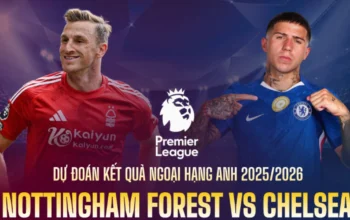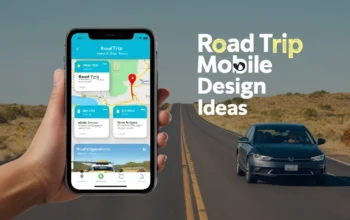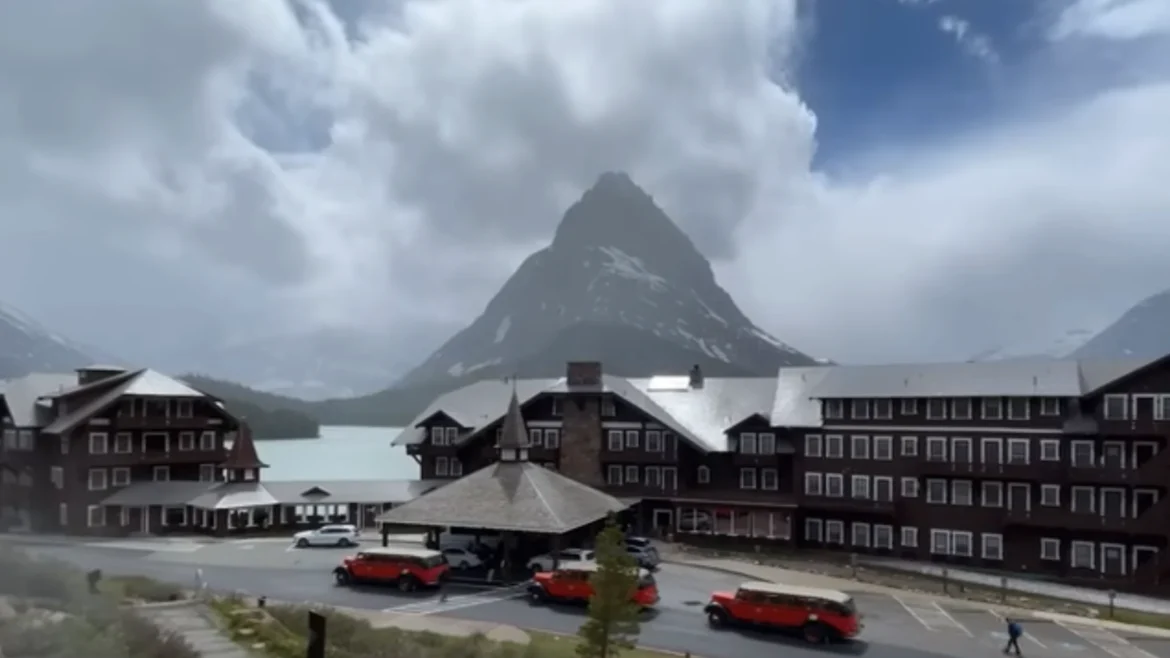
Imagine a beautiful place full of tall mountains, clear lakes, and wild animals. That’s Glacier National Park in Montana. People love to visit it. But what happens when someone wants to build a house or a business there? That’s where glacier park private development oversight comes in. It makes sure the building does not hurt the park’s nature.
Glacier Park’s private development oversight checks private projects. Private means not owned by the government. The park has some private land inside it. These are called inholdings. There are about 100 of them. Without good oversight, building could harm rivers, trees, and animals.
A big story shows why this matters. Without permission, a couple constructed a house next to a creek. It caused a big fight in court. It shows the need for clear rules. In this article, we look at how Glacier Park’s private development oversight works. We cover rules, impacts, and ways to keep the park safe. Let’s learn how to balance building and protecting this special place.
What Is Glacier Park Private Development Oversight?
Keeping an eye on construction on private property within or close to Glacier Park is known as private development oversight. The park covers over one million acres. Most is federal land. But some spots are private. Owners can build there. However, oversight makes sure it does not damage the environment.
Who does this oversight? The National Park Service (NPS) handles the park. But for private land, rules are tricky. NPS does not make zoning laws for private spots. Instead, they focus on park-wide protection. For example, they check if a building affects wildlife or water.
Glacier Park private development oversight also involves state groups. In Montana, laws like the Natural Streambed and Land Preservation Act help. This act protects streams from harm. But inside the park, federal rules might override state ones. This confuses.
Why define it clearly? It helps owners know what to do. It keeps the park beautiful for everyone. Oversight balances Glacier National Park development with preservation.
One key part is project review. Before building, owners might need checks. It includes looking at land use in Glacier Park. It ensures sustainable development in Glacier Park.
How Oversight Differs from Public Land Rules
On public land, the NPS has strict rules. No private building allowed. But on private holdings, it’s different. Owners have more freedom. Yet, Glacier Park private development oversight still applies through environmental checks.
For instance, if a project impacts a river, reviews happen. It falls under the environmental oversight of Glacier Park.
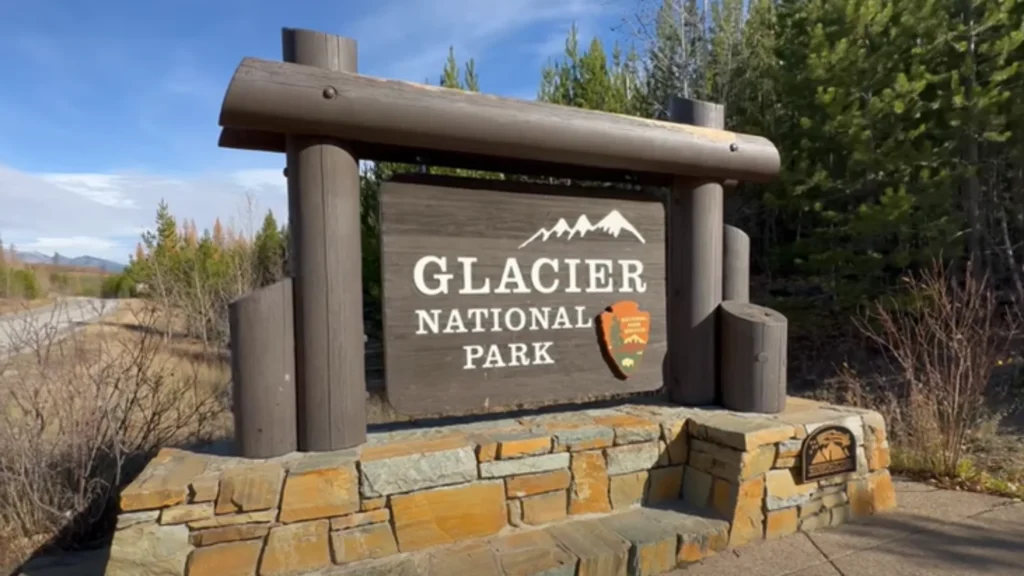
Why Oversight Matters for Glacier National Park Development
Without overseeing the park, the building could hurt the park. Think about animals like bears and wolves. They need space to live. New homes might scare them away.
Oversight stops bad changes. It looks at the environmental impact of private development. For example, building near water can pollute it. Fish and plants suffer. Oversight requires clean plans.
Moreover, the park draws millions of visitors each year. In 2023, over 3 million people came. They want to see wild beauty. Poor oversight could ruin that. It affects tourism and jobs in Montana.
Glacier Park management uses oversight to plan. It handles Glacier Park development plans. It includes checking private sector development in Glacier Park.
However, some say oversight is not strong enough. A recent court case showed gaps. We need better glacier park private development oversight to save the park for kids.
It also helps with climate change. Glaciers are melting. The area of glaciers decreased 34% between 1966 and 2015. Building adds stress. Oversight promotes sustainable practices.
Balancing Conservation and Private Development in Glacier Park
Finding balance is hard. Oversight helps. It asks: How does private development impact Glacier National Park? Rules guide fair choices.
Key Regulations for Private Projects in Glacier Park
Regulations guide Glacier Park’s private development oversight. First, federal laws apply. The NPS has rules in 36 CFR. These cover things like not selling food on private land without permits.
For building, owners follow general laws. But inside the park, state rules might not count.
Owners need environmental reviews sometimes. If a project affects federal land, NEPA applies. It means checking impacts.
Montana has guidelines, too. Flathead County zoning laws cover areas near the park. They set building heights and setbacks.
Glacier Park construction oversight includes permits for streams. But in the park, it’s federal only.
Oversight of Glacier Park projects uses these to protect. For example, no heavy machines near sensitive spots.
National park development regulations stress sustainability. Owners should use green buildings.
Glacier Park Construction Guidelines and Regulations
Guidelines say plan carefully. Check soil and water first. It is part of the glacier park project approval processes.
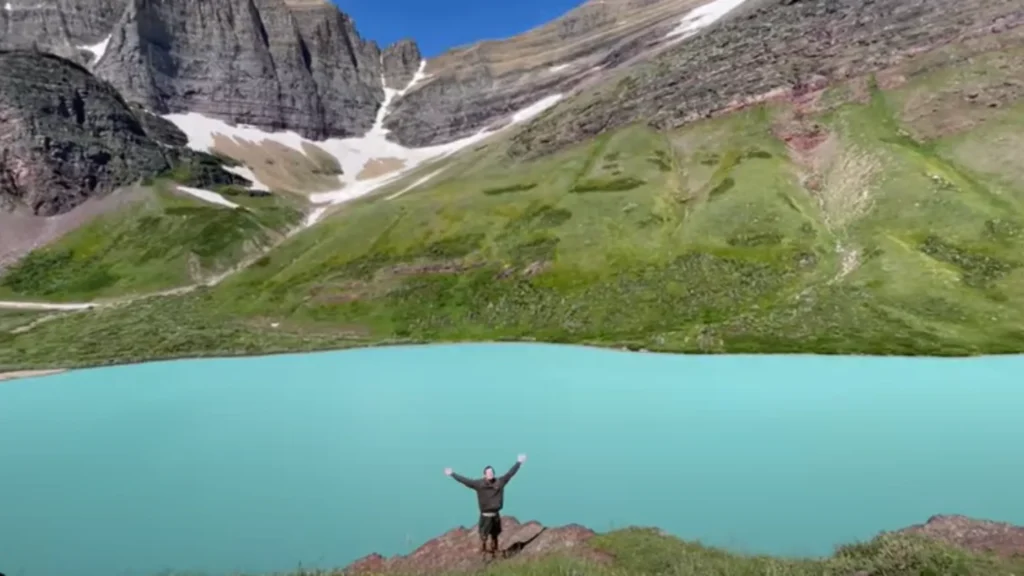
Environmental Concerns About Glacier Park Development
A private building can harm the environment. Glacier Park private development oversight watches this. One big worry is water pollution. Buildings close to waterways contaminate the water with filth. Fish like bull trout die.
Another issue is habitat loss. Animals lose homes. Bears might wander into towns. This isn’t good for safety.
How does private development affect Glacier Park’s natural environment? It can change land use in Glacier Park. More roads mean more cars. This adds to air pollution.
Stats show impact. Invasive plants spread from building sites. Park fights them with restoration.
Glacier Park preservation needs strong oversight. Climate change makes it worse. Warmer weather melts ice. The building adds heat from the concrete.
Sustainable development in Glacier Park helps. Use solar power. Plant native trees.
Environmental concerns about Glacier Park development push for better rules. Groups like Friends of Montana Rivers fight for protection.
Development and Preservation Balance in Glacier Park
This case stirred debate. It shows a lack of clear oversight. The home might harm the creek. Fish and water quality at risk.
Cabins on Lake McDonald. The park bought private cabins. Some are historic. NPS plans to manage them carefully.
Private projects near Glacier Park include lodges. They follow county rules. For instance, zoning in West Glacier limits big builds.
These cases teach lessons. Good oversight prevents fights. It ensures that glacier park development projects respect nature.
One more: Energy projects near the park. The government stopped oil drilling to protect wildlife.
Responsibility for Private Development?
Committees help. The Flathead Conservation District reviews streams. But jurisdiction is questioned.
Role of Oversight in Glacier Park Management
Glacier Park private development oversight involves many people. NPS leads. They make sure projects fit park goals.
Who oversees private development near Glacier Park? Local groups like counties. They use Montana private development guidelines.
Oversight committees check plans. For example, they review the glacier park project review processes.
Public vs. private land development in Glacier Park differs. Private owners have rights. But oversight protects all.
Park protection and development policies guide this. Committees meet to discuss.
Glacier Park management works with the states. They share info on threats.
In 2025, new talks aim to fix gaps. This strengthens the Glacier Park private development oversight.
How Is Glacier Park Development Managed?
Management uses teams. They look at risks.
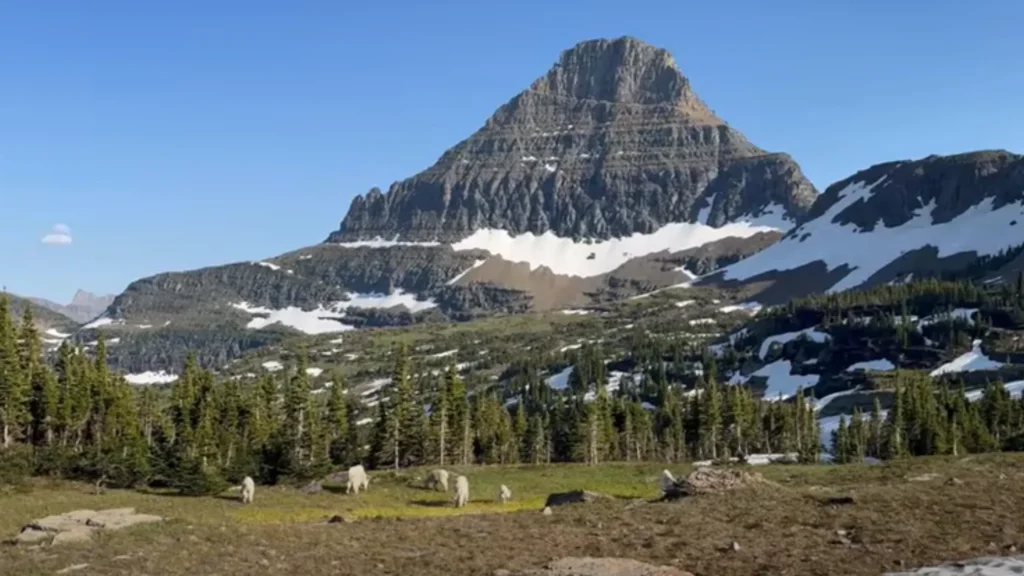
Sustainable Practices for Glacier Park Developments
Sustainable means building without harm. Glacier Park private development oversight pushes this.
Use green energy. Solar panels power homes. The park uses them too.
Plant native plants. This helps animals. Avoid invasive ones.
Water conservation is key. Collect rain. Do not waste.
Sustainable development practices in Glacier Park include recycling. The park improved its program.
For buildings, use eco materials. Wood from good sources.
Glacier National Park development oversight regulations stress this. Owners get tips from NPS.
Start with impact checks. Then, build smart.
Sustainable practices for Glacier Park developments save money, too. Less energy use means lower bills.
The park restores land. They got $1.9 million for bison and plants.
Follow these for better Glacier Park private development oversight.
Park Development in Montana: Tips for Owners
Owners, plan green. Check the Glacier Park zoning laws first.
Conclusion
We saw what it is, why it matters, the rules, the impacts, the cases, the roles, and the sustainable ways. The key is balance. Building and protecting can work together.
Remember the Ambler case? It shows we need clearer rules. With good oversight, Glacier Park stays wild.
Take action: Visit the park responsibly. Support groups that protect it. Learn more at NPS.gov. If you own land, follow guidelines. Together, we save this treasure for future generations.
FAQs
- How does private development impact Glacier National Park? It can pollute water and hurt animals. Oversight minimizes this.
- Who oversees private development near Glacier Park? NPS, counties, and conservation districts.
References:
- Flathead Beacon – Various articles on the Ambler case. https://flatheadbeacon.com
- National Park Service – Laws and Policies. https://www.nps.gov/glac/learn/management/lawsandpolicies.htm
- National Parks Traveler – Jurisdiction disputes. https://www.nationalparkstraveler.org
- EPA – Climate impacts. https://www.epa.gov/climateimpacts
- Glacier National Park Conservancy – Projects. https://glacier.org
Read More: Royal Buffet
